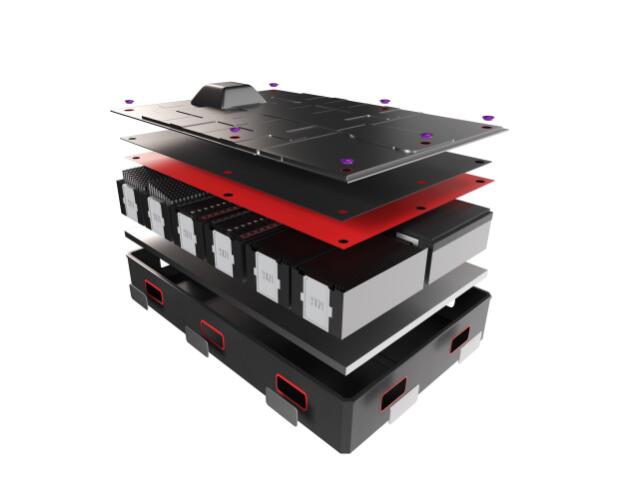- Băng keo xốp acrylic hai mặt
Cuộn băng cuộn chéo của băng keo hai mặt VHB
- Băng keo xốp acrylic hai mặt
Băng keo hai mặt acrylic chịu lực cao Băng keo dán mạnh
- Băng keo xốp acrylic hai mặt
Bán buôn Giá tốt nhất Băng keo hai mặt hạng nặng Băng keo acrylic ô tô
- Băng keo xốp acrylic hai mặt
Nhà sản xuất băng keo hai mặt hạng nặng chất lượng cao
Acrylic foam tape is a crucial component in the manufacturing of Electric Vehicles, especially in the battery cover. The battery cover is one of the essential parts of an EV as it houses the battery, electronic components, and wiring. The battery cover needs to be durable, strong, and stable to ensure the safety of the battery and other components. Acrylic foam tape is used to join the battery cover to the body of the car.
Acrylic foam tape is a high-performance adhesive that offers excellent bonding strength, weather resistance, and durability. It has a unique combination of properties that makes it ideal for bonding the battery cover to the car body. One of the significant advantages of acrylic foam tape is its ability to distribute stress and absorb shock, making it ideal for automotive applications. Furthermore, it has high resistance to heat, cold, and moisture, which makes it suitable for use in harsh environments.
Another critical factor that makes acrylic foam tape appropriate for EV battery covers is its ability to seal and prevent the ingress of dust or other particles. It has a high level of adhesion, which ensures that the cover stays in place and prevents any leaks from occurring. In addition, acrylic foam tape has a low profile, making it suitable for bonding large areas without leaving any gaps or exposed surfaces.
The use of acrylic foam tape in EV battery covers has several benefits. Firstly, it offers a reliable and long-lasting bond, ensuring that the battery cover stays in place for the life of the vehicle. Secondly, it is easy to apply and cuts down on the time required for the assembly of the EV. Additionally, it eliminates the need for mechanical fasteners, which can be time-consuming and detract from the overall appearance of the vehicle.
In conclusion, acrylic foam tape plays an essential role in the manufacturing of Electric Vehicles, particularly in the battery cover. It offers a reliable and long-lasting bond, ensures watertight sealing, and reduces assembly time, making it a crucial component in the production of EVs. Its unique properties make it ideal for use in harsh environments, ensuring the safety and durability of the battery and other components.







